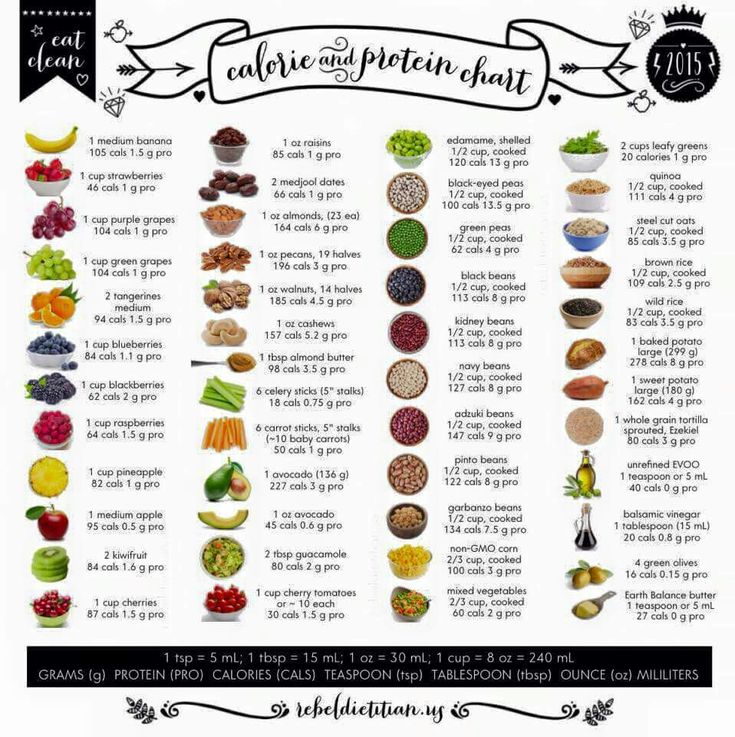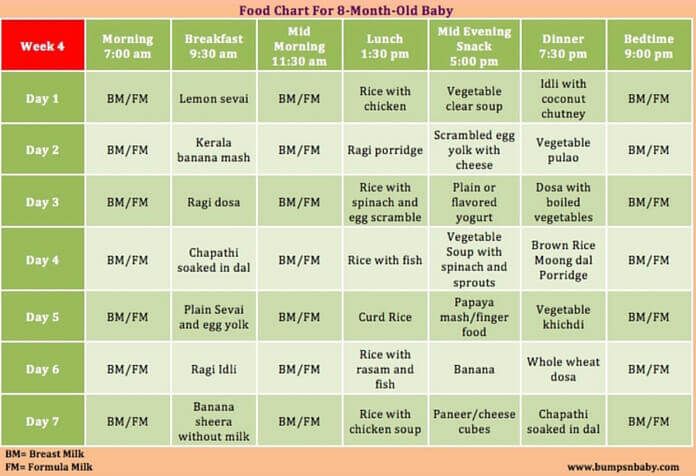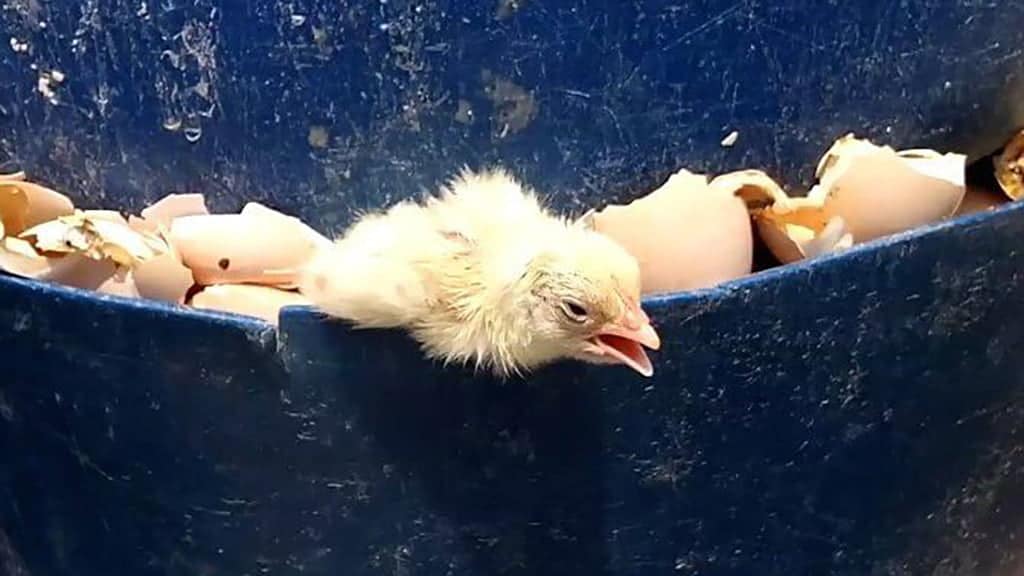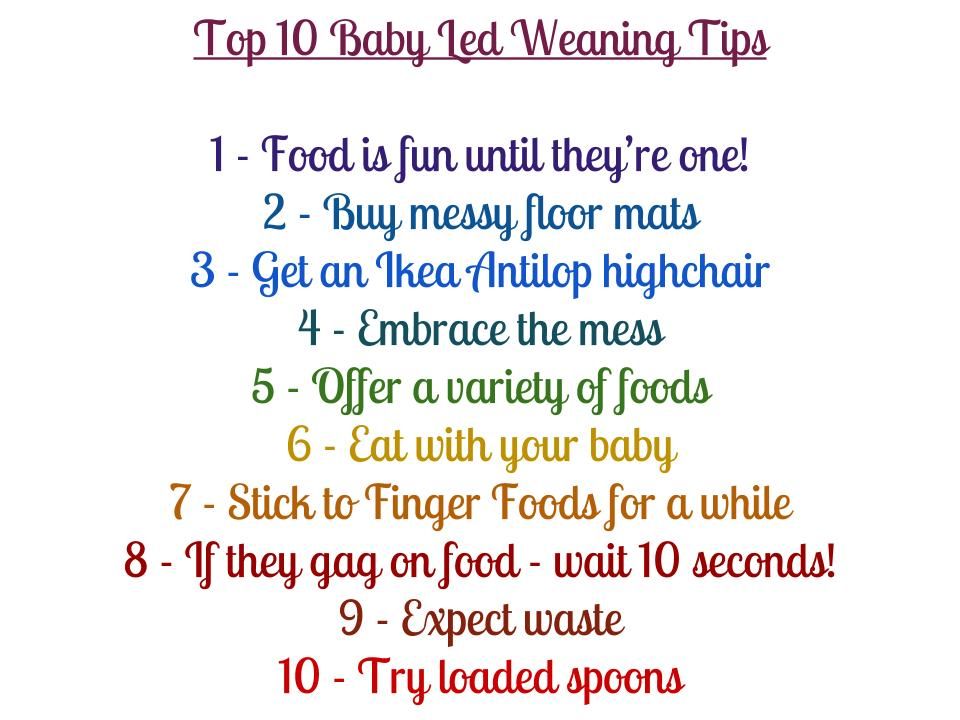Can babies taste food in the womb
When do babies develop taste buds?
What foods and flavors will your baby like and dislike? Genetics are key, but other factors play a role too. Babies start to develop taste buds during the first trimester, and in a way, can taste in the womb because molecules of the food you eat pass through your bloodstream and into the amniotic fluid. The food you eat while pregnant can even influence your child’s sense of taste and their food preferences when they're older.
Your baby’s taste buds: Timeline
Your baby's tongue starts taking shape when you're just 4 to 5 weeks pregnant. When you’re 8 weeks pregnant, primitive taste buds appear, and many more develop between weeks 11 through 13, but they're not yet able to transmit actual taste sensations. That won't begin to happen until weeks 14 to 15, when nerve cells start making connections between the developing buds and the nerves that send taste messages to your baby's brain.
By about 30 weeks, many of your baby's taste buds – and their nerve connections – are fully formed and operational.
Can babies taste in the womb?
In a way, yes – babies can taste in the womb. Molecules of the food you eat pass through your bloodstream and into the amniotic fluid. Flavors are transmitted from your diet to amniotic fluid in the womb and breastmilk after birth, so breastfed babies are more accepting of various flavors.
The senses of smell and taste are very closely connected. Taste buds allow us to tell if something is sweet or bitter, salty, or sour, but smell helps us identify the specific flavor of food. The special cells that your baby needs for their sense of smell start developing around weeks 9 to 11 of pregnancy.
If you’re craving spicy curry and putting hot sauce on everything, don’t worry. Although your baby can detect some flavors and smells, there's no evidence that spicy food can harm your baby. (It might, however, make you uncomfortable: Hot and spicy foods can aggravate morning sickness and heartburn, a common complaint during pregnancy. )
)
At birth, your baby's new taste buds are very sensitive, and they can taste sweet, sour, and bitter flavors. Babies universally prefer sweet, which is one reason they love the taste of your breastmilk. Your baby probably won't be able to detect salty flavors until they’re about 2 to 6 months old.
Can you influence your baby’s sense of taste?
Can what you eat during pregnancy influence the flavors your baby will enjoy later in life? Some research indicates yes. In a small study of pregnant women, those who drank carrot juice during the last weeks of pregnancy and while they were breastfeeding had babies who appeared to prefer carrot-flavored cereal over plain cereal at 6 months of age.
Experiments also have been done with garlic, anise (a licorice-flavored spice), mint, and vanilla. Infants who were exposed to these tastes in the womb tended to prefer these flavors both in breast milk and in solid food.
How to support your baby's taste bud development
The foods you eat during pregnancy could influence your baby’s sense of taste and which flavors your child will prefer later in life. But don't stress about it too much (morning sickness and food aversions can derail your typical eating patterns). Just try your best to eat a diet during pregnancy that's as varied and healthy as possible. Doing so will help you get plenty of the vitamins and minerals essential for baby’s health, too. The six most important nutrients for your baby’s development during pregnancy are:
But don't stress about it too much (morning sickness and food aversions can derail your typical eating patterns). Just try your best to eat a diet during pregnancy that's as varied and healthy as possible. Doing so will help you get plenty of the vitamins and minerals essential for baby’s health, too. The six most important nutrients for your baby’s development during pregnancy are:
Advertisement | page continues below
- Folic acid
- Iron
- Calcium
- Vitamin D
- DHA
- Iodine
Take your prenatal vitamin every day and talk with your healthcare provider about whether you’re getting enough of these essential nutrients for baby’s growth. And finally, just keep in mind the basic food safety rules for pregnancy. No runny eggs or unpasteurized cheese, for example, and be sure to limit your caffeine consumption.
Key milestones in baby taste bud development
| Weeks pregnant | Milestone |
|---|---|
| 4-5 weeks | The tongue and roof of the mouth (palate) start to form. |
| 8 weeks | Primitive taste buds appear. |
| 14-15 weeks | Nerves from taste buds begin connecting to the brain. |
| 30 weeks | Many taste buds are able to transmit taste signals to the brain. |
| Birth | Your baby can taste sweet, sour, and bitter flavors. Reactions to salty foods come later, usually by 6 months. |
Was this article helpful?
Yes
No
Baby's Palate, Food Memories Shaped Before Birth : NPR
Baby's Palate, Food Memories Shaped Before Birth Amniotic fluid and breast milk can be flavored by the food a mother eats. And memories of these flavors are formed before birth. That could result in preferences for these foods or odors for a lifetime.
Opinion
Your Health
Heard on Morning Edition
Gretchen Cuda-Kroen
Baby's Palate And Food Memories Shaped Before Birth
Mothers might not realize that the tastes and flavors they savor while pregnant can influence their babies' palates later.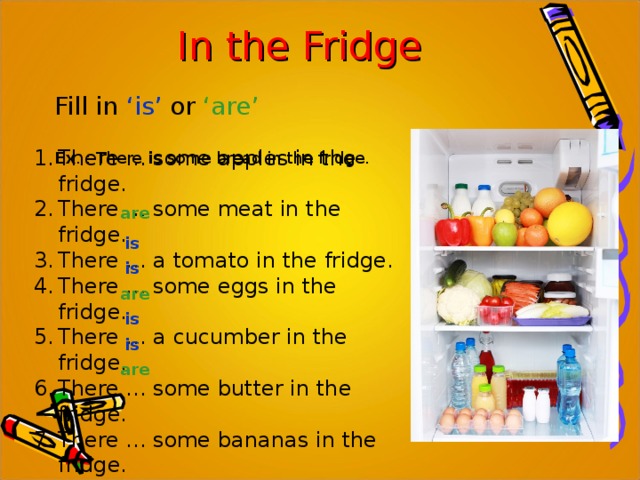 Maggie Starbard/NPR hide caption
Maggie Starbard/NPR hide caption
toggle caption
Maggie Starbard/NPR
Want your child to love veggies? Start early. Very early. Research shows that what a woman eats during pregnancy not only nourishes her baby in the womb, but may shape food preferences later in life.
At 21 weeks after conception, a developing baby weighs about as much as a can of Coke — and he or she can taste it, too. Still in the womb, the growing baby gulps down several ounces of amniotic fluid daily. That fluid surrounding the baby is actually flavored by the foods and beverages the mother has eaten in the last few hours.
"Things like vanilla, carrot, garlic, anise, mint — these are some of the flavors that have been shown to be transmitted to amniotic fluid or mother's milk," says Julie Mennella, who studies taste in infants at the Monell Chemical Senses Center. In fact, Mennella says there isn't a single flavor they have found that doesn't show up in utero. Her work has been published in the journal Pediatrics.
In fact, Mennella says there isn't a single flavor they have found that doesn't show up in utero. Her work has been published in the journal Pediatrics.
The Scent Of Amniotic Fluid
To determine if flavors are passed from the mother to the the baby via the amniotic fluid, researchers gave women garlic capsules or sugar capsules before taking a routine sample of their amniotic fluid — and then asked a panel of people to smell the samples.
"And it was easy," says Mennella. "They could pick out the samples easily from the women who ate garlic." The sense of taste is actually 90-percent smell, she added, so they knew just from the odor that the babies could taste it.
Mennella says she got the idea from dairy farmers, who in the 1960s and 70s were doing research on how the diet of the dairy cow impacted the flavor of the milk. She says cows that graze on wild garlic and onion, or who live in stinking barns, produce milk with distinct flavors.
But Mennella says that not only is the amniotic fluid and breast milk in humans flavored by food just like cows, but memories of these flavors are formed even before birth. That could result in preferences for these foods or odors for a lifetime. In other words, if you eat broccoli while you're pregnant, there's a much better chance your baby will like broccoli.
Mennella says this had already been observed in rabbits, so she decided to test it in human babies — with carrots. Pregnant women were divided into three groups. One group was asked to drink carrot juice every day during their pregnancy, another during breastfeeding and a third to avoid carrots completely. Then when the children began to eat solid food, researchers fed them cereal made either with water, or carrot juice and videotaped their responses.
Things like vanilla, carrot, garlic, anise, mint — these are some of the flavors that have been shown to be transmitted to amniotic fluid or mother's milk.
Julie Mennella, who studies taste in infants at the Monell Chemical Senses Center
Introducing Babies To Food Culture
"And just like the European rabbit, the babies who had experienced carrot in amniotic fluid or mother's milk ate more of the carrot-flavored cereal," says Mennella. "And when we analyzed the video tapes they made less negative faces while eating it."
"And when we analyzed the video tapes they made less negative faces while eating it."
This makes a lot of evolutionary sense, says Mennella. Since mothers tend to feed their children what they eat themselves, it is nature's way of introducing babies to the foods and flavors that they are likely to encounter in their family and their culture.
"Each individual baby is having their own unique experience, it's changing from hour to hour, from day to day, from month to month," says Mennella. "As a stimulus it's providing so much information to that baby about who they are as a family and what are the foods their family enjoys and appreciates."
That very idea got Matty Lau thinking 'how is it that kids in other cultures eat foods that are spicy, bitter, or have pungent flavors?' She's a Chinese-American who had a baby in late July and recalls growing up eating foods most American kids she knows would never touch.
"My parents are great cooks — and so they'll cook things like preserved oysters.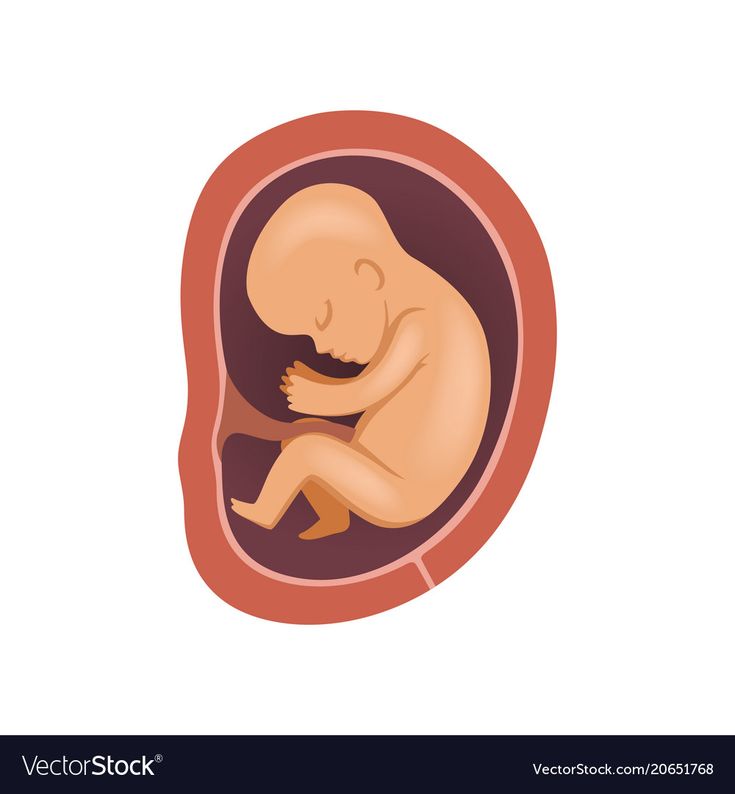 I always wondered how it was that I was able to grow up eating bitter vegetables like kale and mustard greens and things like ginger," says Lau.
I always wondered how it was that I was able to grow up eating bitter vegetables like kale and mustard greens and things like ginger," says Lau.
Instilling A Love Of Chinese Flavors Before Birth
While she was pregnant, she consciously tried to provide her baby with the flavors she loves from her native Chinese cuisine. She the hopes that when her baby is older, it will share her love of flavorful food.
"I was really concerned that my child enjoy food as much as the rest of my family," says Lau.
University of Florida taste researcher Linda Bartoshuk says babies are born with very few hard and fast taste preferences. She says Mennella's work shows that very early exposures to flavors – both before and after birth — make it more likely that children will accept a wide variety of flavors. And when those early exposures are reinforced over a lifetime, Bartoshuk thinks they might have far-reaching implications, even promoting good eating.
"To what extent can we make a baby eat a healthier diet by exposing it to all the right flavors — broccoli, carrots, lima beans, et cetera? Could we do that or not? My guess is we could," says Bartoshuk.
Menella acknowledges that many toddlers will still make a sour face when given broccoli, no matter how much the mother ate while pregnant. And maybe they will never like it. But she says parents should keep exposing young children to these flavors because they can eventually learn to like them.
Sponsor Message
Become an NPR sponsor
Babies in the womb smile when they taste the food their mothers eat
Before birth, babies smile in pleasure or make faces in disgust when they see the food their mothers eat, according to a scientific study that shows babies' facial reactions for the first time thanks to 4D technology -ultrasound.
Las- 4D ultrasound (moving images) taken by the researchers showed that 20 minutes after the women took the sweet carrot powder capsule, the babies showed a “laughing face”, that is, they seemed to be smiling, while while babies were exposed to the bitter taste of cabbage. showed a "whiny face" or what looked like a grimace of disgust or disgust.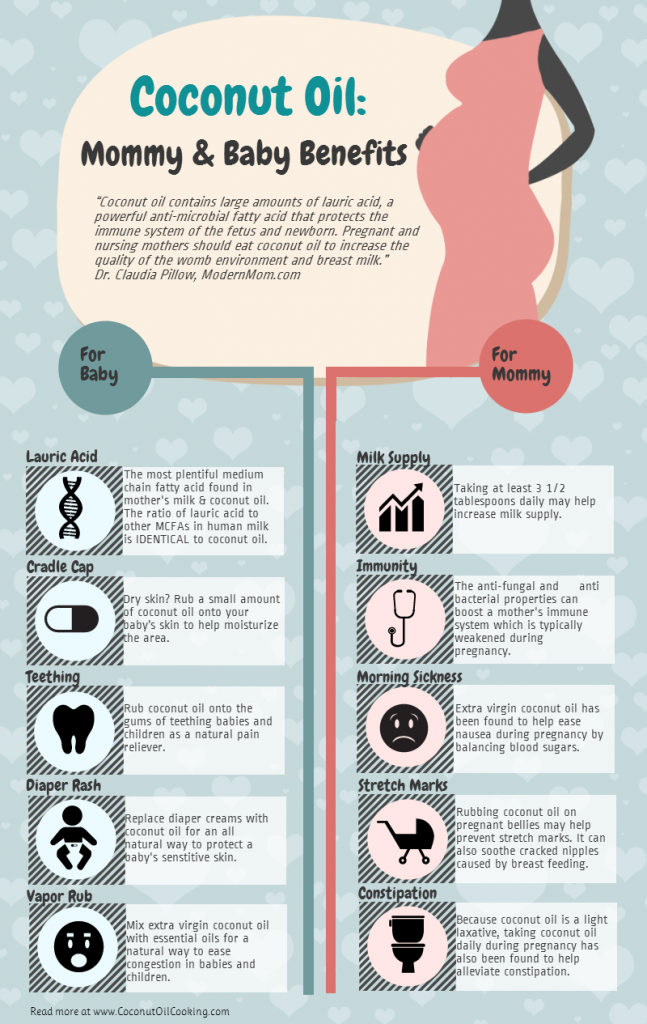
A study of one hundred women aged 18 to 40 in the last quarter of pregnancy indicates for the first time that fetuses are able to prenatally detect chemosensory information transmitted by taste compounds derived from the mother's diet.
This is the first study showing that babies recognize the taste of food their mothers eat even before they are born.”
The researchers divided the female participants into three groups: the control group and two other groups who took either a powdered cabbage capsule or a carrot capsule a few minutes before the ultrasound to check for infant response.
Jackie Blissett, PhD, co-author of estudio , explained that cabbage and carrots were chosen because of their different flavor profiles: cabbage has distinctly bitter characteristics, while carrots are a sweet vegetable.
4D ultrasound allows you to observe in detail the movements, reactions and facial expressions of the baby.

Follow-up 4D ultrasound, which lasted about 25 minutes control group.
How to instill a preference for healthy foods in your baby
Researchers who have found that fetal facial expressions change when exposed to different food flavors believe that the discovery may provide an opportunity to influence food choices after birth and develop a healthy food preference in the baby.
In other words, a woman who eats a healthy and varied diet during pregnancy can encourage her child to become addicted to this type of food after birth.
The investigators therefore note that future studies should continue to analyze postnatal behavior to assess how prenatal taste exposure may influence short and long term postnatal eating habits.
Nutrition during pregnancy and after childbirth
During pregnancy and the postpartum period, it is especially important that the mother-to-be eat a balanced and quality diet, as nutrition is one of the factors that can most affect her health and the health of her baby.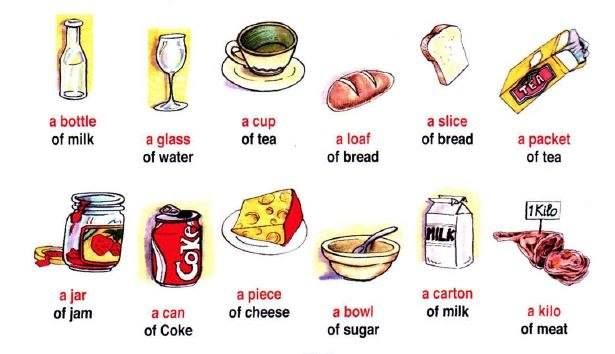
It is important to get professional advice on how to eat a varied and natural diet that provides the necessary vitamins and minerals to meet the nutritional needs of a mother and her baby.
Depending on your circumstances and always on the advice of your gynecologist or your dietician, for uncomplicated pregnancy, intermittent:
- Milk or vegetable drinks fortified with calcium.
- Fruits and vegetables, whole grains, legumes and nuts.
- Meat, fish, eggs or legumes in main meals.
- Olive oil, herbs and vegetables.
- Rice, pasta, potatoes, or bread (whole grains are much better).
- Small, freshwater or farmed fish (least mercury-contaminated).
Nutrition and food safety are important at any stage of life, but during pregnancy and lactation they are even more important: if you want to know which foods are best for you and in what proportion or which foods you should eliminate from your diet, this is Important count with the help of medical advice from specialized and experienced professionals.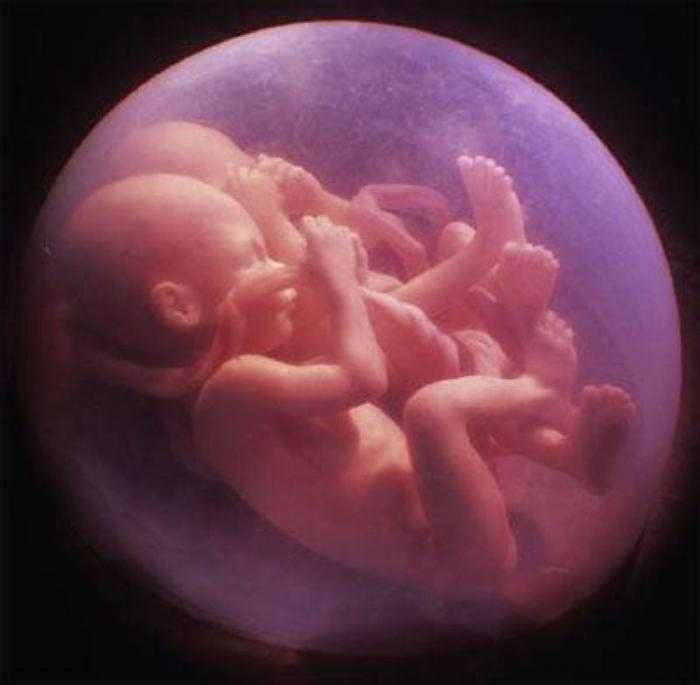
The most important months. How Life in the Womb Determines Our Habits, Tastes, and Diseases
© Kmikhidov/Shutterstock/FOTODOM
During the period of its intrauterine life, a child can acquire habits and predispositions that will remain with him for a long time. Here's how this happens - and how scientists hope to use this effect to prevent obesity, addiction and other diseases
What makes us who we are? Why, for example, do some people have a predisposition to depression, overweight or allergies? Why do some people love milk and drink it throughout their lives, while others refuse it from childhood?
The list of traditional answers to these questions always includes the words "genes" and "nurture". On the one hand, there are instructions iron-hardened in DNA that guide us, as if on rails. On the other hand, there is our childhood experience - how our loved ones treated us, what lifestyle we adopted from them, and what conclusions we made about the world around us.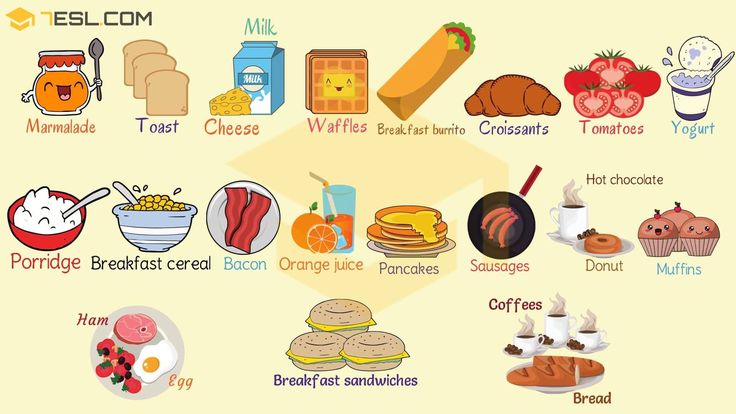
But there is another powerful source of influence, which is also not easy: our life in the womb. The types and amounts of food you received; pollutants, medications, and infections you have been exposed to; the mother's health, stress levels, and state of mind when she was pregnant with you - all of these factors shaped you as an infant and child and continue to influence you to this day.
Can listening to classical music during pregnancy really make a baby smarter? Will the choice of certain foods by the mother lead to the fact that the child will prefer them in the future? Let's try to figure out which ideas are justified and which are not.
Maternal obesity and metabolic problems
Is it possible to "earn" the tendency to obesity in nine months of prenatal development? The data on this subject are contradictory. A 2007 Harvard Medical School study found that the more weight a woman puts on during pregnancy, the greater the risk that her baby will be overweight by age three. More recent work on the same topic has shown that this effect also occurs during adolescence. The authors found an association between large weight gain during pregnancy and the future risk of obesity in adolescents (though only girls).
More recent work on the same topic has shown that this effect also occurs during adolescence. The authors found an association between large weight gain during pregnancy and the future risk of obesity in adolescents (though only girls).
Related
But how can we know that exposure during pregnancy is to blame - and not, say, genes? The researchers tried to clarify this. They compared children born to obese mothers with their siblings born after the mothers were treated. Children born later have inherited the same genes as their older siblings and (studies show) have similar eating habits, but they have experienced different intrauterine conditions.
In a 2006 study, the authors found that children born to cured women were 52% less likely to be obese. A later study by the same group of authors found that children born after their mothers had lost weight had a lower birth weight and were three times less likely to be severely obese than their older siblings.
"I think these kids are lucky; their bodies process fats and carbohydrates in a healthier way than their siblings, who were affected by their mothers' metabolism when they were overweight," says John Kral, professor of surgery and medicine.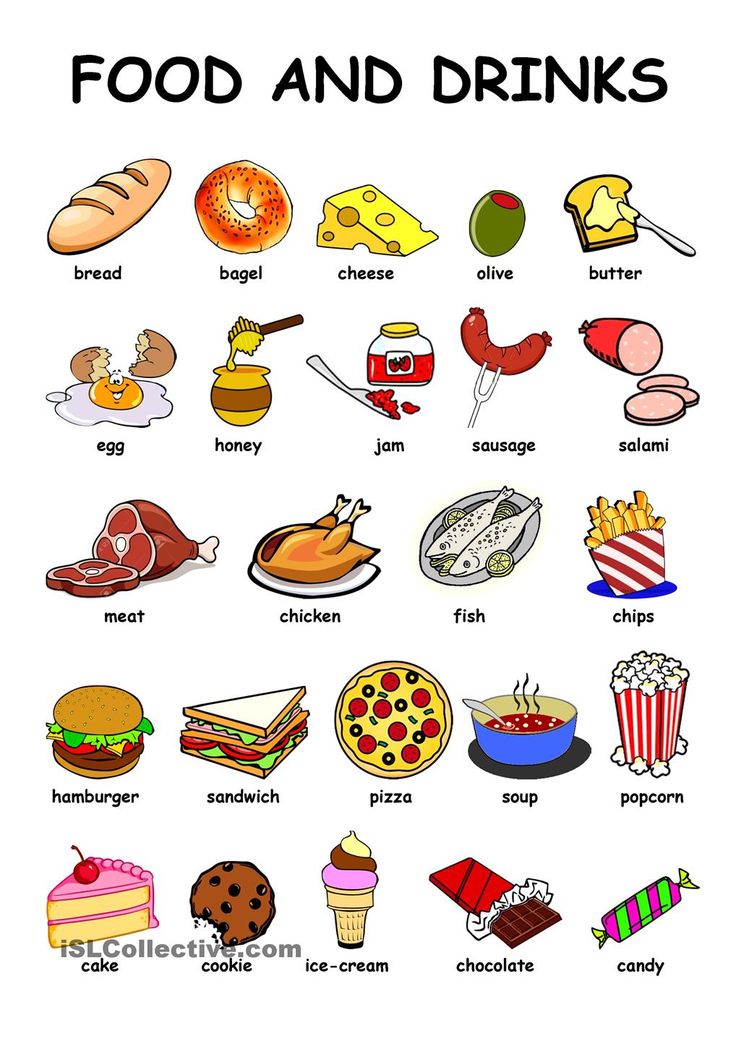 at SUNY Downstate Medical Center in New York and co-author of both articles.
at SUNY Downstate Medical Center in New York and co-author of both articles.
It is known that an excess of adipose tissue in itself affects metabolic processes - for example, inhibits the absorption of insulin. It is likely that the close relationship between mother and child leads to long-term changes in gene expression. The information encoded in DNA does not change. But certain genes can be "turned off" (or, conversely, "turned on") under the influence of external factors. As a result, important proteins that determine metabolism may stop being produced.
Air pollution
There are many studies that point to a connection between living in places with dirty air and a whole bunch of disease conditions. In gassed cities and regions, children are born with a lower level of intelligence, such children are more likely to have signs of ADHD and hyperactivity. They also have a higher risk of autism and psychosis.
Frederica Perera of the Center for Environmental Health for Children at Columbia University has been interested in the effects of air pollution on fetuses for over 30 years. One of Perera's most striking studies was carried out in 1998 year. She sent 500 pregnant women roaming Upper Manhattan and the South Bronx wearing identical black backpacks, which they wore every waking moment for two days.
One of Perera's most striking studies was carried out in 1998 year. She sent 500 pregnant women roaming Upper Manhattan and the South Bronx wearing identical black backpacks, which they wore every waking moment for two days.
Related
Inside each backpack was an air quality monitor that continuously measured levels of polycyclic aromatic hydrocarbons, or PAHs, a type of pollutant that comes from car exhaust and is also found in fumes from cigarettes and factory chimneys .
Meters found that 100% of women were exposed to PAHs during pregnancy. After the babies were born, an analysis of the umbilical cord blood of babies showed that 40% of them had minor DNA damage due to PAHs - damage that has been associated with an increased risk of developing cancer. Further analysis showed that children who were exposed prenatally to high levels of PAHs were more than twice as likely to have cognitive delay at three years of age. At the age of five, these children scored lower on IQ tests than children who had not been so exposed.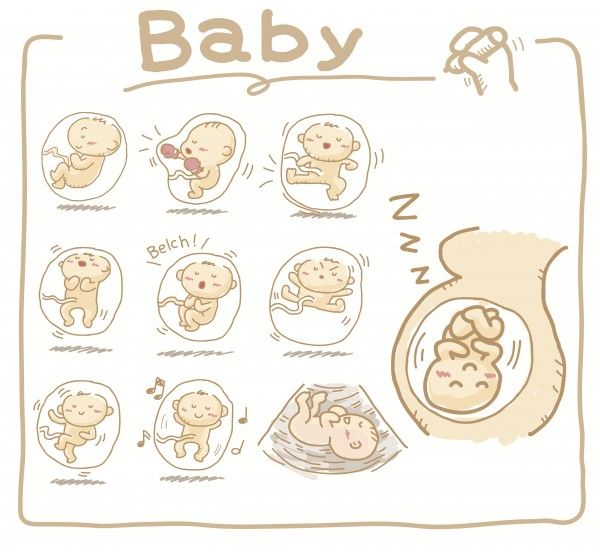
"Over the years we've been tracking PAH exposure, New York City's buses have moved to cleaner technology and restrictions have been placed on idling diesel buses and trucks," says Perera. pregnant women's blood, which means their fetuses are also exposed to less of these substances."
Stress and mental disorders
Maternal stress broadly affects both the child's physical and mental health—for example, intelligence, temperament, and even the risk of mental illness. For example, there is evidence that pregnant women who have had to starve or experience other hardships give birth to children with a higher risk of developing schizophrenia.
Consider that schizophrenia is a complex disorder with many possible causes. It is wrong to reduce it only to the impact of "bad ecology". But a study based on 30 years of case reports from China's Anhui Province suggests that such factors may play a role.
In the middle of the 20th century, the inhabitants of this region suffered from acute malnutrition during the famine that accompanied the "Great Leap Forward" - a campaign of accelerated modernization started by the leader of the Celestial Empire, Mao Zedong. People born to malnourished women were twice as likely to develop schizophrenia as those born to mothers at more abundant times.
People born to malnourished women were twice as likely to develop schizophrenia as those born to mothers at more abundant times.
On this subject
Similar data are available from other countries. A study of the medical records of more than 88,000 people born in Jerusalem between 1964 and 1976 showed that the children of women who were two months pregnant in June 1967—during the Arab-Israeli Six-Day War—were significantly more likely to to the development of schizophrenia at a young age.
Katherine Monk, research assistant in the Department of Psychiatry at Columbia University, has made an even bolder suggestion: the mental state of a pregnant woman may shape the psyche of her offspring.
Monk and her colleagues invited pregnant women with depression or anxiety, as well as pregnant women without mood disorders (as a control group) into the laboratory. They were connected to devices that measure breathing, heart rate, blood pressure and nervous system arousal levels, as well as the movements and heart rate of their fetuses.
Both groups were then asked to solve difficult problems to cause moderate stress. In children of depressed or anxious women, according to the results of measurements, the physiological signs of stress were more pronounced. “This difference suggests that their babies are more sensitive to stress already in the womb,” says Monk. “Perhaps this is due to a genetic predisposition inherited from the parents. nervous system."
Monk explains that a woman's heart rate and blood pressure or their stress hormone levels can affect the intrauterine environment during the nine months of pregnancy, affecting a person's first environment and thereby shaping their development. The differences Monk found seem to persist after birth. And, perhaps, affect the temperament of children.
"We know that some people are genetically predisposed to conditions such as depression and anxiety," says Monk. But it is possible that the intrauterine environment is a third route, as yet a poorly understood route of transmission of the disease. "
"
Tastes and eating habits
In the womb, food reaches the baby through the umbilical cord, so he cannot taste certain foods. But tastes and smells seep into the amniotic fluid that envelops the baby. Scientists have determined that at 24 weeks from conception, the fetus can already distinguish full-fledged aromas.
In a recent study by the Durham University Fetal and Neonatal Laboratory in the UK, the authors performed ultrasound scans on 100 pregnant women. They tried to see how unborn babies reacted to the flavors of the foods their mothers ate, in particular carrots and cabbages.
Related
The fetal response was assessed using stereotypical facial expressions that usually indicate the fetal mood. It turned out that babies in the womb are already quite able to evaluate food in terms of its taste. Thus, those who "tasted" carrots showed more reactions of pleasure, while those who got cabbage were more likely to make a "crying grimace."
When it comes to early age, the first acquaintance breeds affection.


